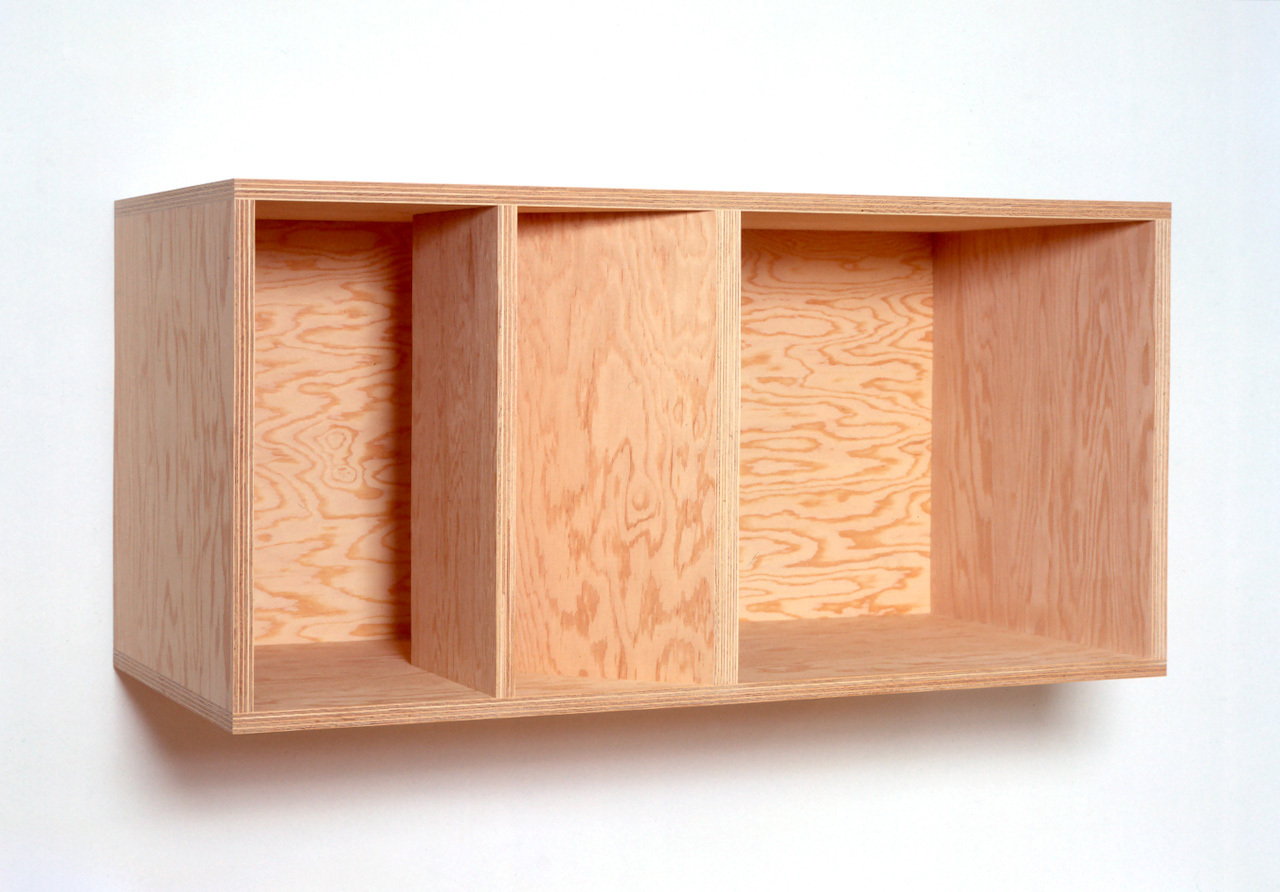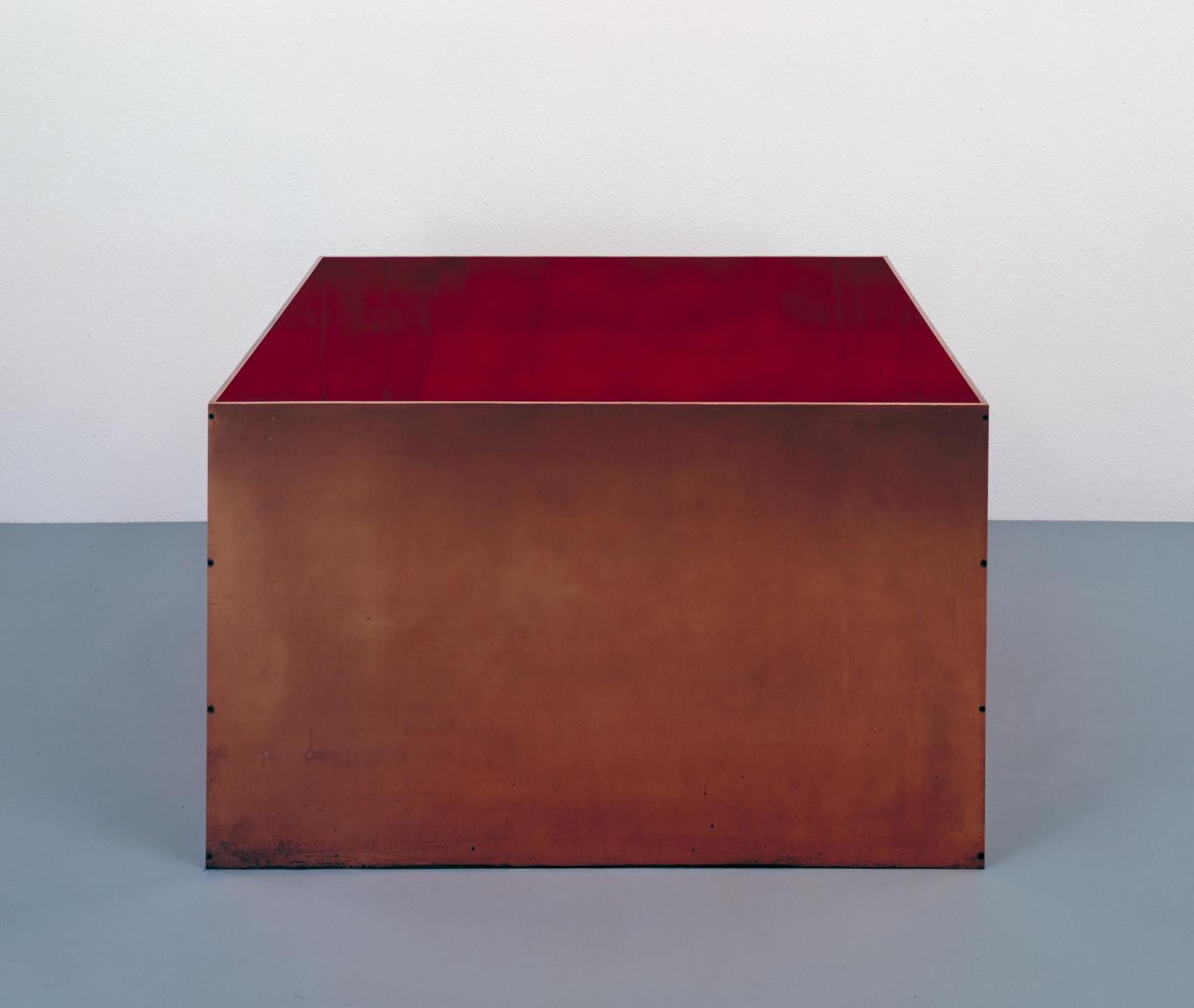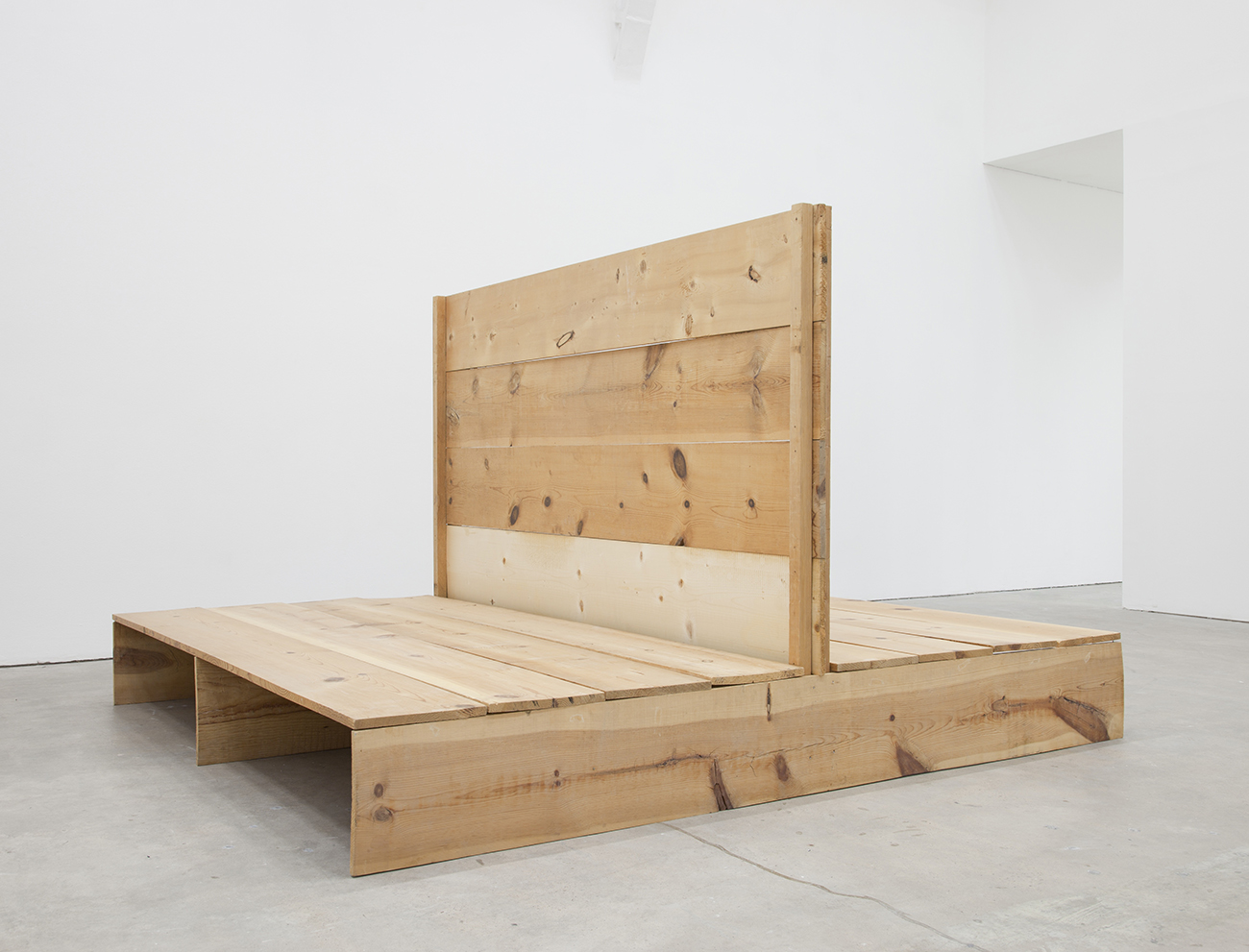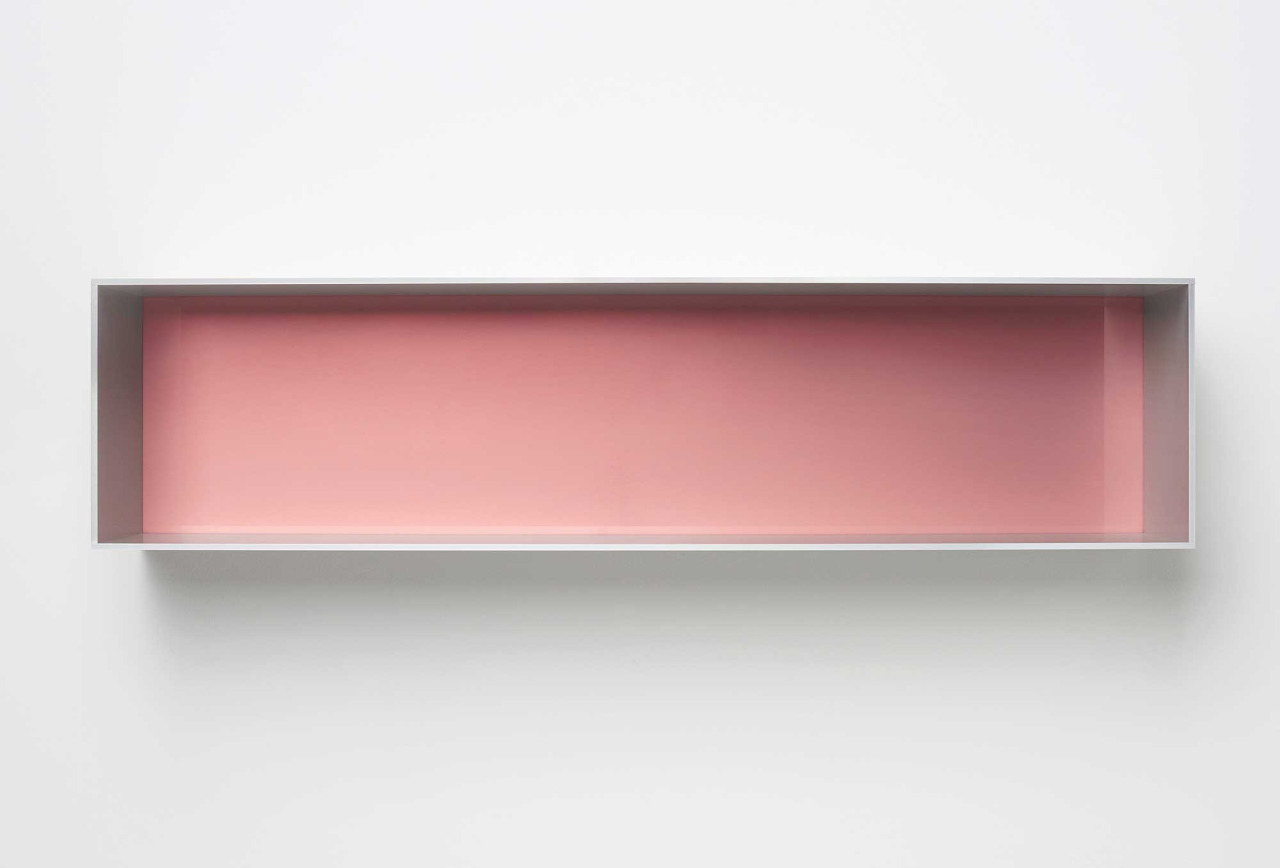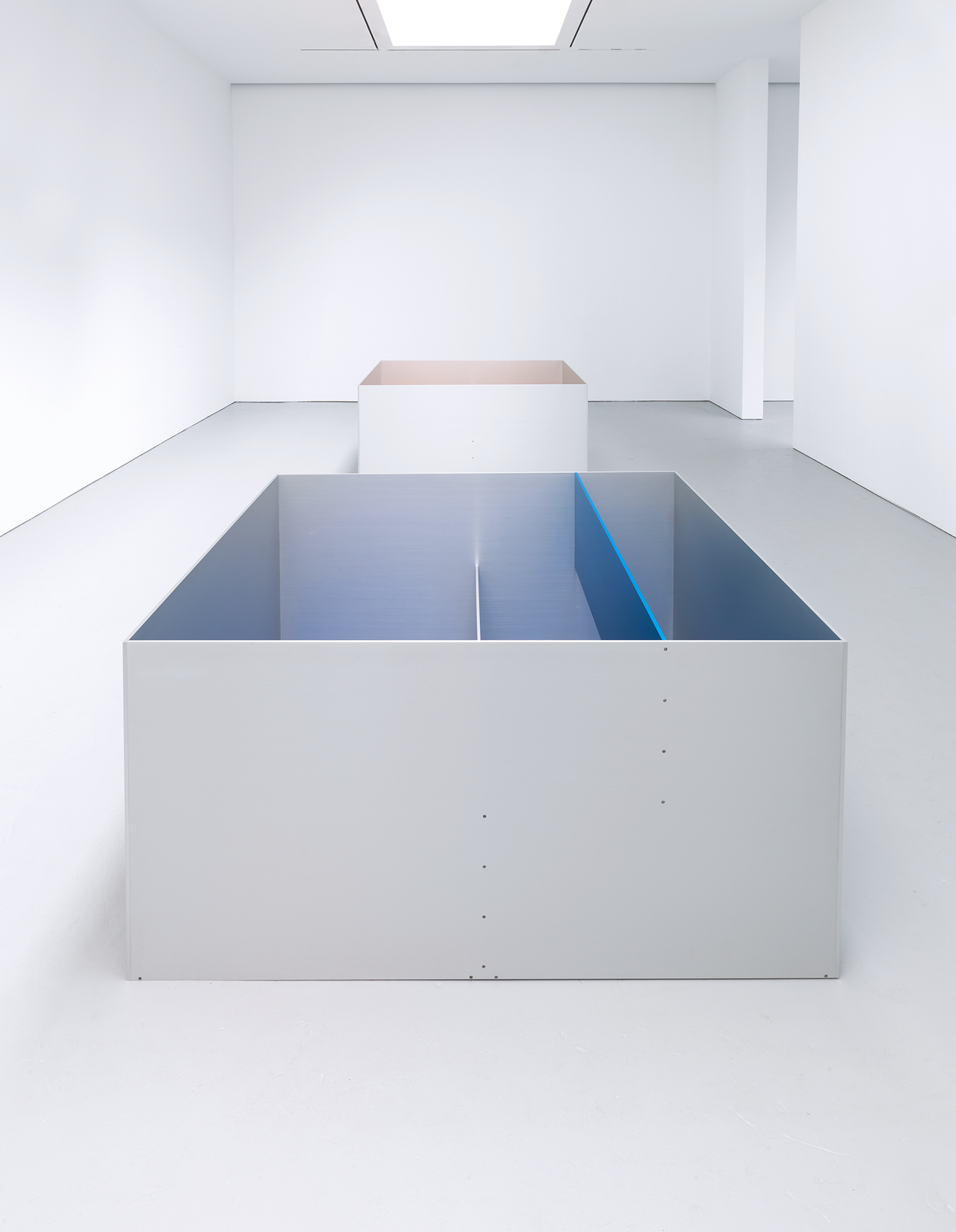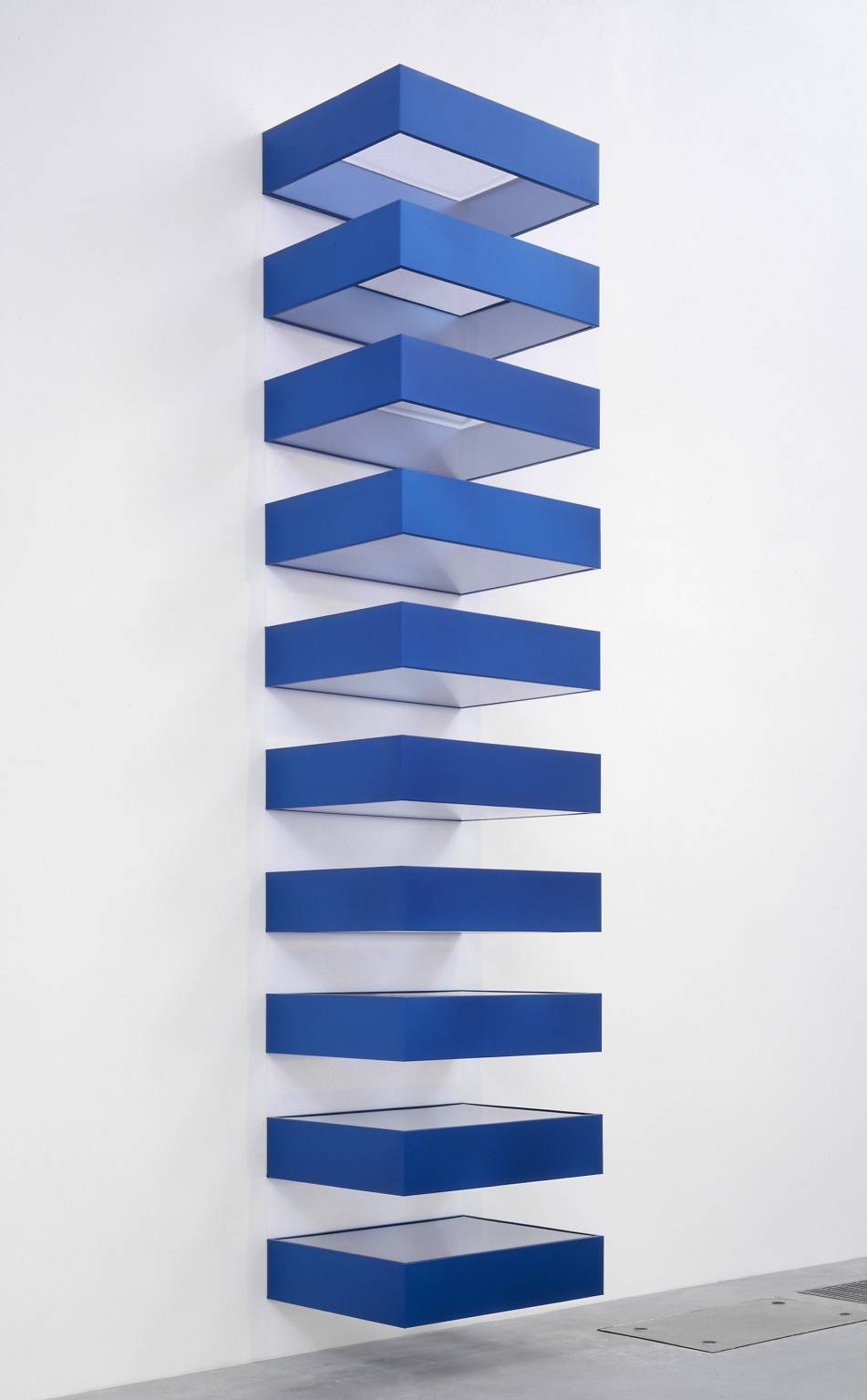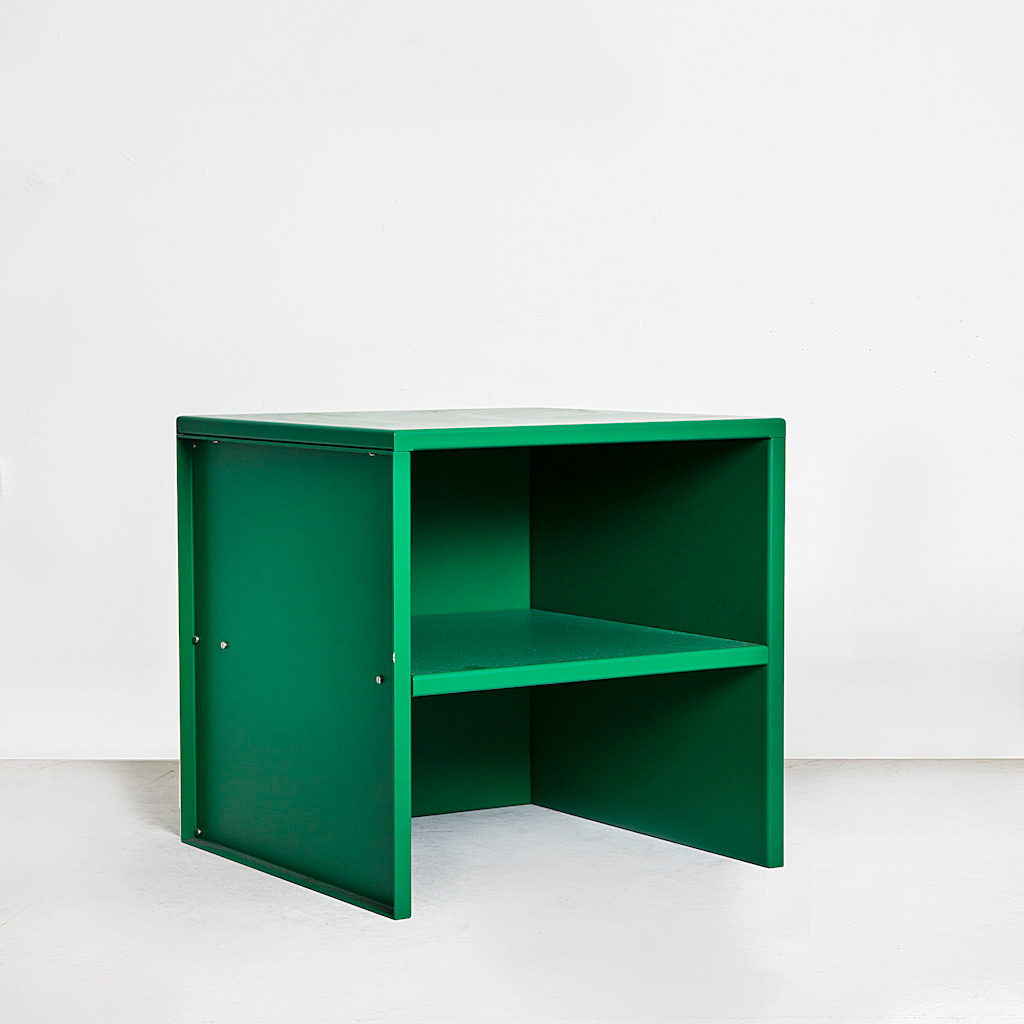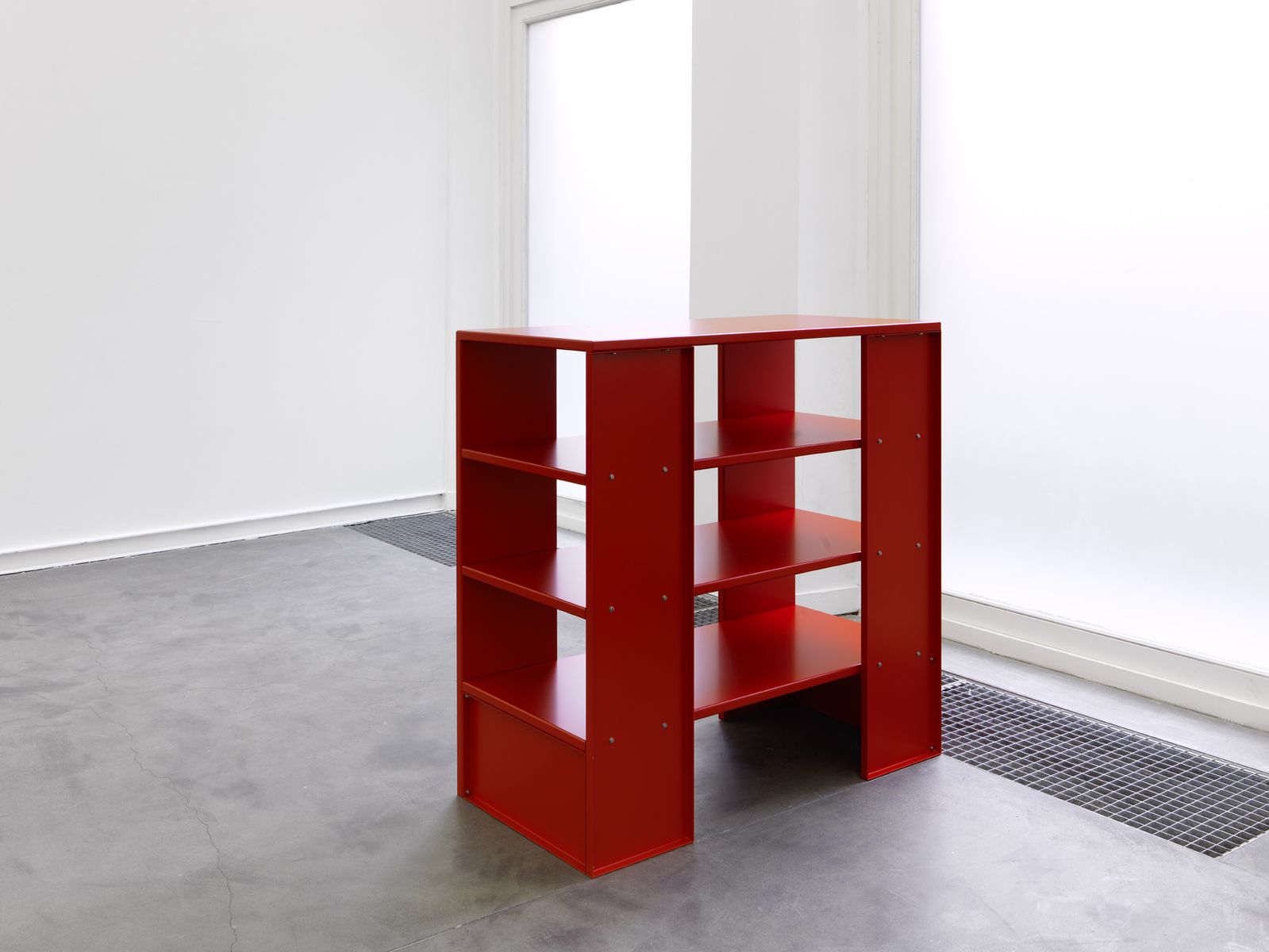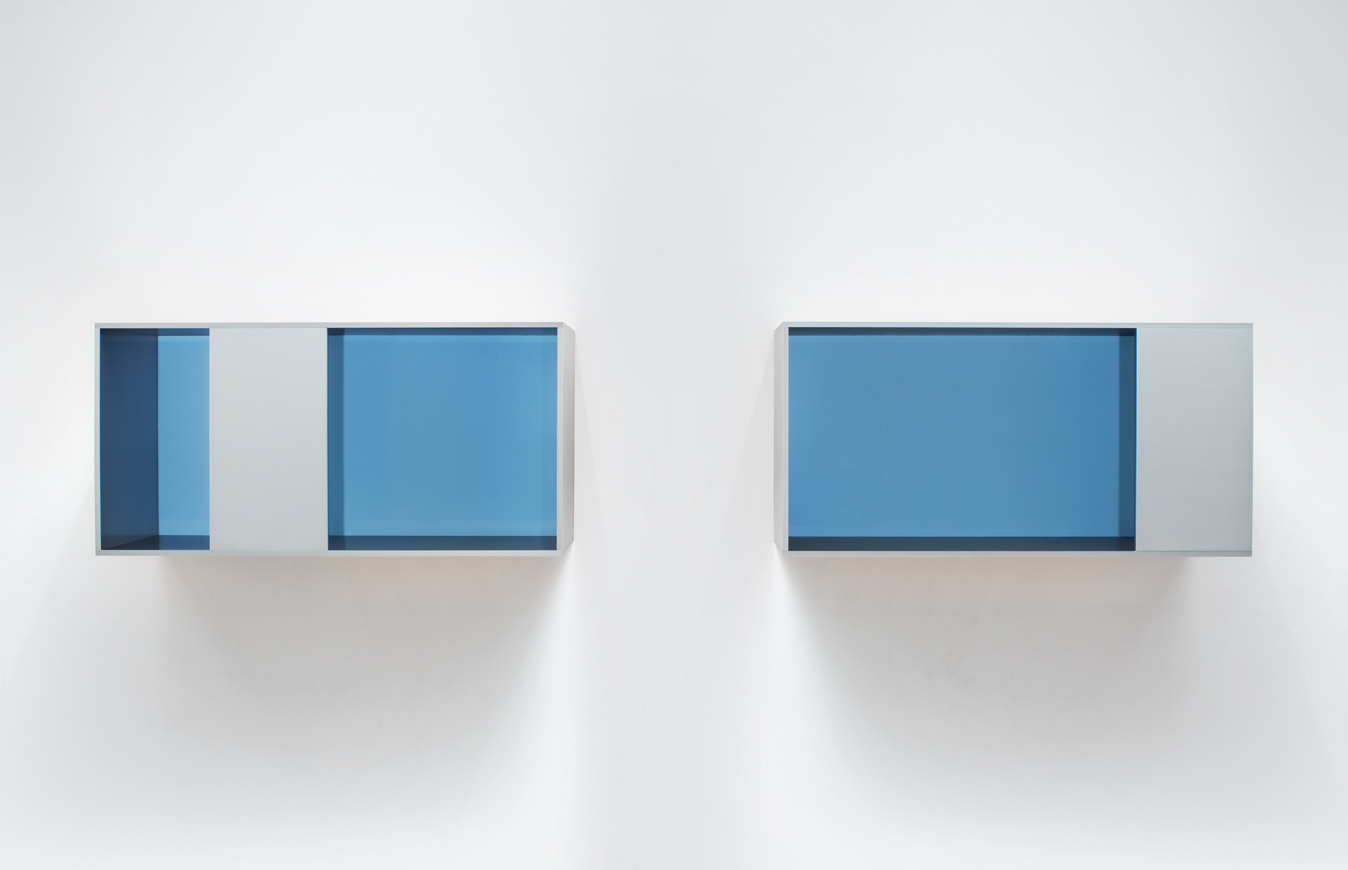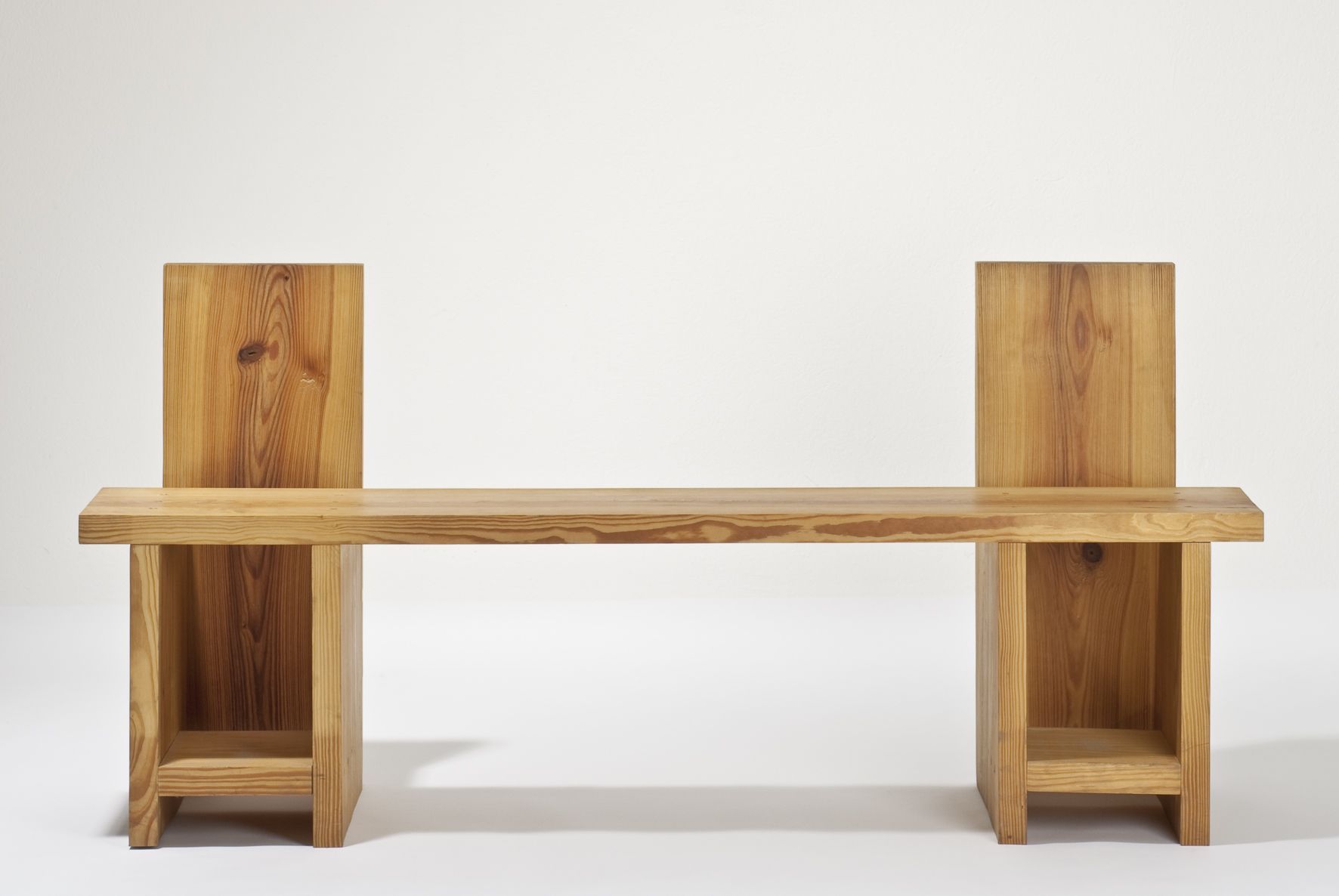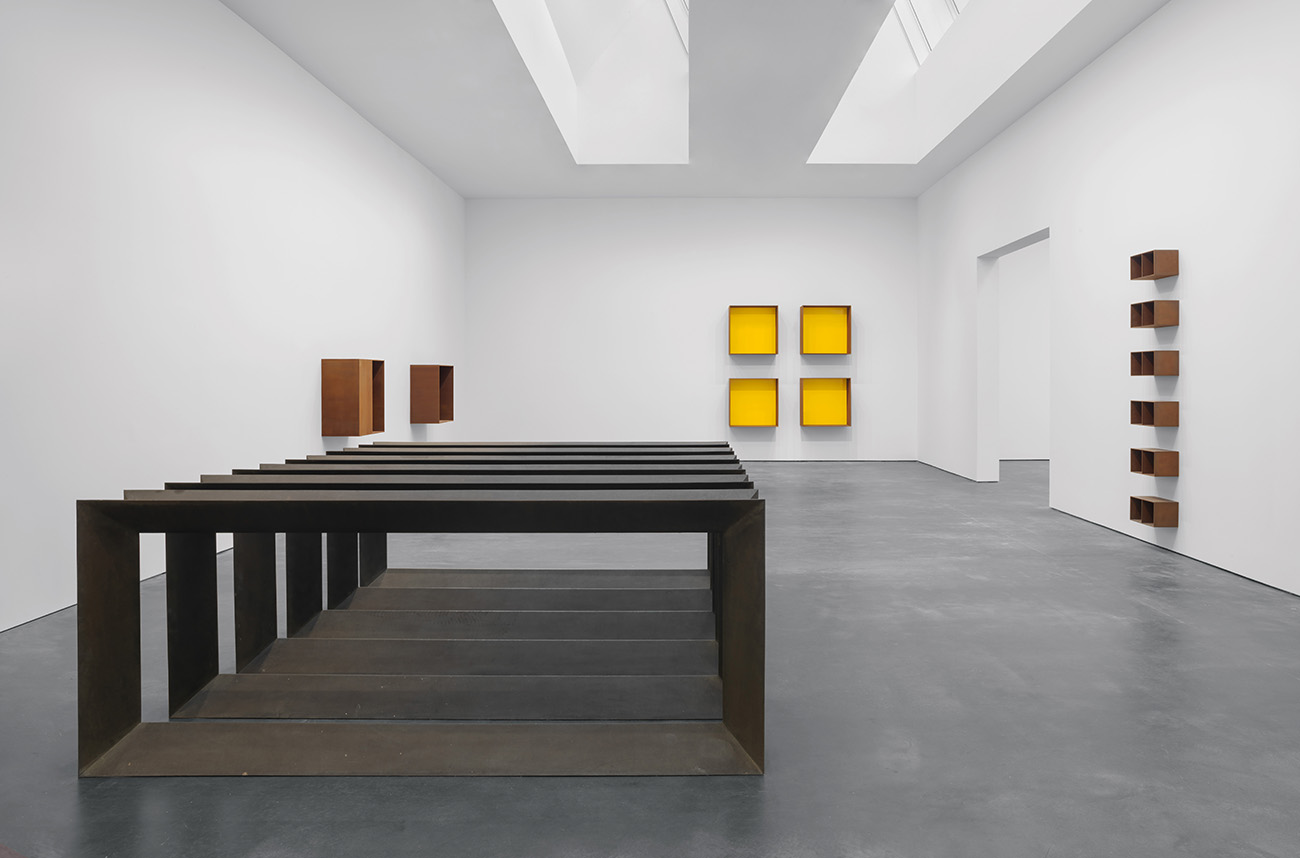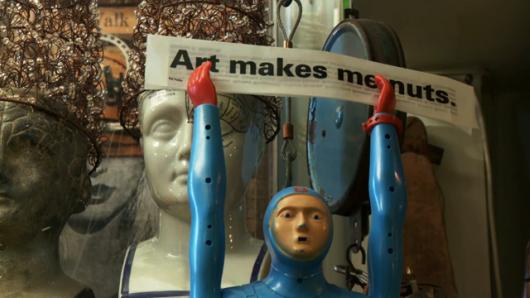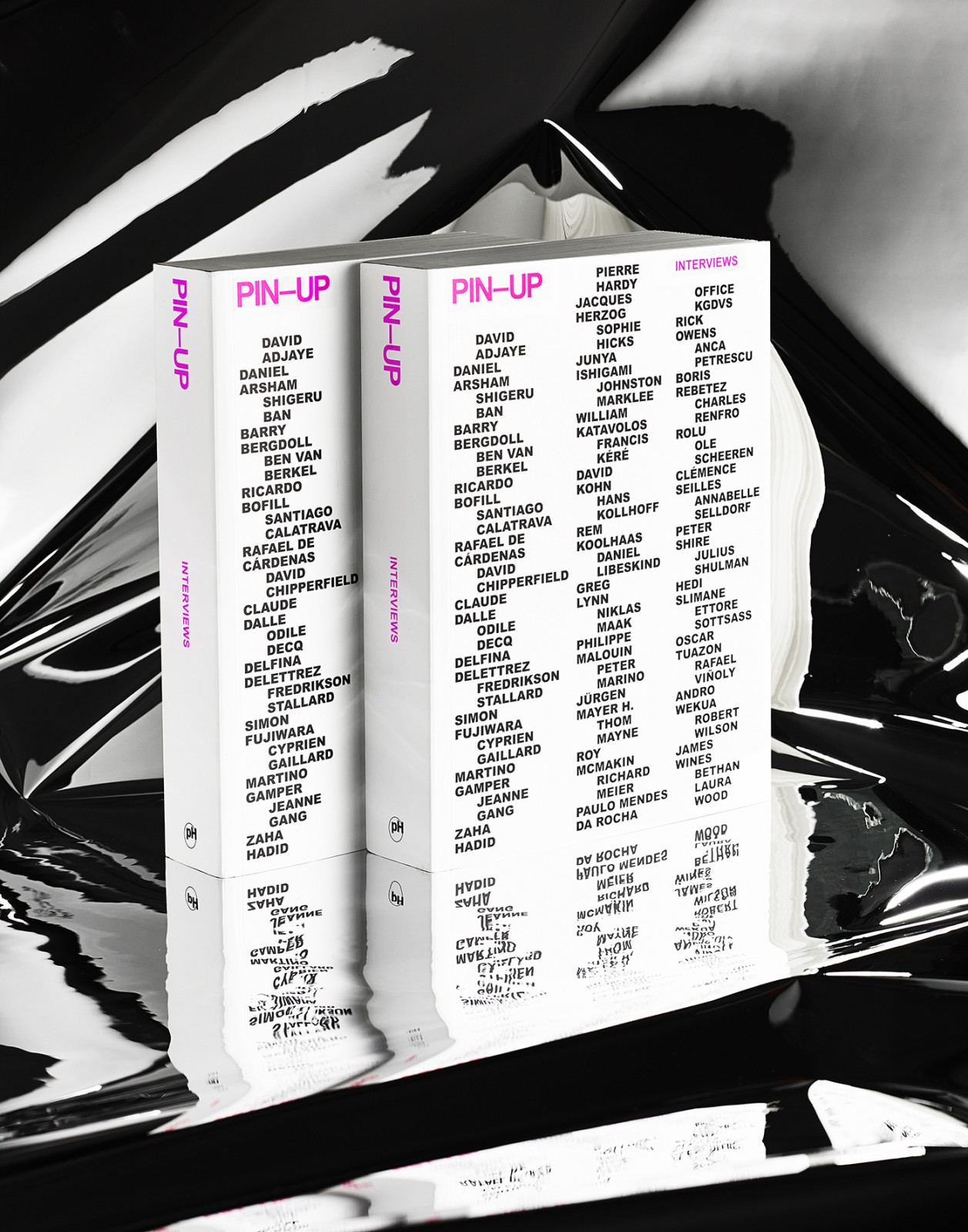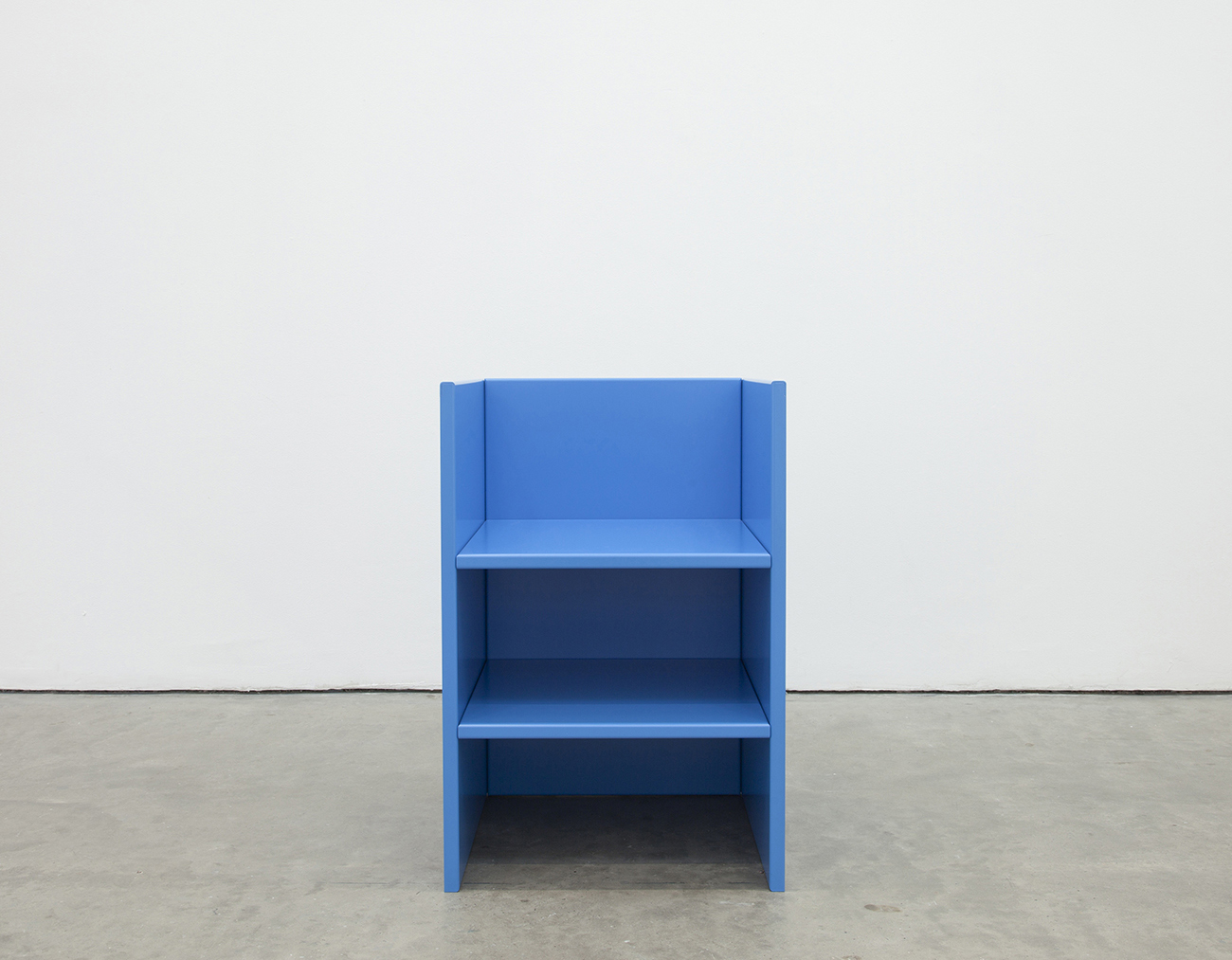
08.22.16
Excerpt: Book
Two Lost Donald Judd Interviews, Part II: On Color and Defining ‘Modernism’
In the pantheon of interview questions we’ve been asked, “Which designer would you consider to be the patron saint of Sight Unseen?” was one of our favorites, and one we thought long and hard about. As our tastes and interests have shifted over the years, we could often point to different historical figures — Ettore Sottsass during our heavy Memphis phase; Bruno Munari during our Shape Shop days. But if there’s one designer who remains a constant inspiration to us, it’s Donald Judd — a minimalist at heart, he was unafraid to indulge his fascination with materials, color, form and space. And yet as with most dead celebrities, we know things about Judd only through his vast portfolio of work — not to mention his oft-revisited living space — but never from his own lips.
So, earlier this summer, when we happened to come across not one but two vibrant, late-’80s interviews with Judd himself in the same week, we decided it was fate telling us to designate today Donald Judd day here on the site, where we’d excerpt text and photos from both. The second interview we’re posting today comes from New York New Art, a 1989 tome that Monica unearthed at an antique mall in Nashville. The interview, with John Griffiths, took place at a Judd exhibition where the artist was showing new pieces in metal and perspex. It covers everything from why Judd began using color to whether the term “Modernism” actually means anything.
Mr. Judd, in the last two hours I have been looking at your recent works and talking to a number of interested persons: critics, historians, curators, and gallery owners. I thought it would be of value to ask you to comment on some of the points raised when the objects were, so to speak, immediate to us.
I was chatting just now with Ronald Alley, who was Keeper of the Tate Gallery’s Modern Collection at the time when your work in copper there was acquired. We were studying your Waddington exhibit No 9 in Cor-ten and purple Plexiglas and we both used the term ‘sculptor.’ But of course Mr. Alley, in his catalogue of the Tate’s collection ‘officially ‘ classifies you as a sculptor. Are you a sculptor?
It depends. That’s a matter of definition. I don’t use the word because, literally, it’s not sculpting. I think the work is three-dimensional and then it’s sculpture if you think of sculpture as all work that’s three-dimensional.
But what word would you use if you needed a word to refer to it as a whole?
Then I’d say it was sculpture.
Are you ‘an artist’?
Oh yes! And sculpture’s very much a part of me — fabrication.
You’re a fabricator then, but you’re not a maker of myths, are you?
Oh no! No myths. Just a fabricator.
Do you works exist apart from your works? Are they merely the evidence of concepts? When you’re out of the room how do they exist for you?
I agree with Bishop Berkeley! But yes I think of them by now as works spread all over the world — at least, the industrialized world. And they exist inasmuch as I’m aware of them. And since I’ve seen a lot of other people’s work, they will exist after I’m dead. Yes like that they exist.
Someone said: “There are very beautiful objects, in the sense that I might say a masterpiece of Georgian furniture is very beautiful.’ And someone commented: ‘Yes, I agree, and except for pieces like the 150x70x150 cm galvanized iron object, and therefore the problem of size, I can see any of these going into a very beautiful Georgian room with Georgian furniture. Any one of Judd’s pieces would be an object eminently suitable for such a room.’ Does that way of looking at them appeal to you? Do you agree?
That’s fine by me, because I like beautiful old things. I have a certain amount of old furniture myself and it’s strange, in New York on the fifth floor, though it’s not Georgian but a bit later, the design is Directoire but it’s Italian. I have a bench from about 1800 and that bench in its own way is about the only piece of furniture in a room with an Oldenburg, two pieces of mine and a Chamberlain and it’s just fine. They all work together perfectly well. The building is 1870 so the room is 1870. Yes, it’s just fine.
What does that mean, that they work together?
It means basically that visually there’s no conflict. It means a nice space you like to be in winter.
So you don’t object to people defining a work of yours as a beautiful object in a particular context?
I think it’s art but it can also be a beautiful object.
What is art as distinct from a beautiful object, with special reference to your work?
Well, as a piece of furniture… well, a piece of furniture can be a beautiful object. A beautiful chair or a carpet: I got a beautiful Chi’en Mung Chinese carpet the other day. It’s fabulous, it’s been used: that’s a beautiful object. The category of beautiful object can include art and furniture.
Someone might pay the same sum for one of your works as for another beautiful object from another century, which is described as ‘art.’ You don’t object to the inclusion of one of your works as one among a number of beautiful ‘art objects’ from past and present?
No, but it’s important that you call it ‘art.’ That distinction is important.
How does your art now differ from early Judd?
That point seems to come up quite a bit now. I haven’t thought about it a whole lot. When I started to make the work that I considered my own, in a way that was that. It would work the way it was according to whatever things I was interested in. That’s I think what has happened. So the work does change. But I don’t have a strong sense of, call it development, and I don’t have any great pressure to do work. I don’t have any great pressure to change, or to do something new. I’m just quite happy with it in the first place. So it’s going to take its course. You know: you get older and you’ve things to think about and then world and lots of things, and that takes a natural course.
Is there than a conceptual connection between your maturing experience, as this or that thing happens to you, and these particular works?
Sure there is. Yes.
Something you can conceptualize?
Yes, you have different assumptions. You’re in a different context. You have different assumptions about how long you’ve lived and about how much longer you’re going to have to live and all that. It’s kind of a drastic thing you have to deal with, and that changes you a bit. I don’t think it necessarily changes my work a really expected to have any money to do anything and the possibilities now are greater than I ever imagined, because there’s a lot more money to do bigger pieces and greater variety.
Has there been any qualitative change, in texture say? Is that more important? Someone just now warned a friend not to touch one of your pieces, however lightly, because delicacy of texture, the surface bloom almost, was now so important a part of the whole.
Well, the pieces are meant to be looked at; they are not made to be touched. But if you have the pieces yourself, in your own living space, yes, though it depends what pieces, well, the present pieces are pretty tough. But it there’s a whole bunch of people it becomes impossible. It’s a question of quantity.
Someone said, for instance, that you’ve added more color, a lot more color, in the last ten years. Is there some ascertainable change of that nature?
Yes, the perspexes, in one they’re all red and so on. I don’t think the color’s changed a whole lot, though I’m very interested in the color, and I’d like to take it off into a certain area that I think is new to me. The Schijpol one-color piece is an attempt to do that. I’d like to take it further. It’s just a beginning. We had trouble with the factory and that stopped it. I would like to use the bright colors more. Theoretically I would consider the gray a color, the aluminum or Cor-ten is as much a color as anything else, to me it’s all color. I had a conflict between bright color and the nature of the material. I liked the material a great deal and perhaps color would have to be applied and that’s always been a certain conflict. Anodizing is one possibility.
But it’s a problem of fabrication and not so to speak an existential choice. It just happens.
Developing the color, you mean… It’s an old interest which I realize is very important to me. It’s an old problem. Somehow I have to find a way to get at it and at this point I don’t know how to get at it. The small pieces, I think, are fine and I learned a lot from them, but the parts are small and somehow I have to learn how to make bigger printed parts and I don’t quite know how to do that. Painting the metal was a problem.
What sort of location do you conceive for your bigger pieces? Is eventual location important to you when making them?
There’s a lot of different categories. Ordinarily, no. The big piece in the corner was supposed to go into a large show in Germany, but I pulled it out of the show. It’s a long story.
You can’t give me a précis?
I made an agreement with the organizer that if the catalogue would include a statement by me against large shows and their implications, we would make a piece and lend it to the show. When they got the piece, first they wanted to edit it, and then they didn’t want to print it. So I pulled the piece out and told them not to have any other work of mine in the show. There is work in the show, but it’s over my objections.
You’re not usually thought of as an artist who makes Beuysian gestures.
I’ve had lots of fights for the sake of the art, but they’ve been more private than this one. This one’s not so much a fight as that I think that big shows are really bad for art.
Why?
Because they give the public a very strange idea about art, and in this case, as was obvious from the press release, the show was very slanted. It was all to support Baselitz and such people.
Do you see yourself as part of the history of Modernism?
I know that people keep using the word ‘Modernism.’ I’m not too sure what that means.
It doesn’t mean anything to you?
A whole lot… Well, what does it mean? Clem Greenberg and all those people? Actually I’m mystified by it. Is the New York School and a few people later ‘Modernism’?
Robert Hughes on TV told me the Eiffel Tower was Modernism. Do you see yourself as part of a history starting with the Eiffel Tower? It’s a piece of metal, a construct and people call it art.
Sounds like talk to me. You can always say it’s the end of something else and the beginning of something else.
